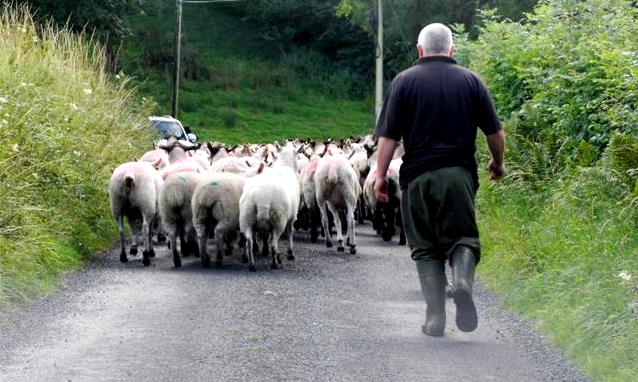
A new report using economic research from 46 farms aims to improve understanding of the underlying economics of upland farming, and how this can be improved to both benefit the environment and increase the financial resilience of these businesses.
A new report using economic research from 46 farms aims to improve understanding of the underlying economics of upland farming, and how this can be improved to both benefit the environment and increase the financial resilience of these businesses.
The report recommends moving focus to margin over volume and provenance over commodity production. It is the ‘less and better’ approach to meat and dairy in action.
The report was informed by examining the accounts of individual upland farms to seek to understand the fundamental economics of the farming aspects of the business, before support payments and other income from non-farming activities are taken into account, and to provide insights into how this might be improved.
Upland farming
Upland agricultural areas are substantial, about 49% of the UK’s total agricultural area. These areas are known for high rainfall, low temperature, harsh weather, short crop season and low soil fertility. The conditions mean that the areas are dominated by grazing, rather than plant production.
Without support payments the production element of these farms is often unsustainable
It is well understood that farmers in these areas work in some of harshest conditions. But what is less understood is the economics of these activities. This report explains that in many cases, when non-farming revenue, including support payments are removed the farming component of the business is often making a loss and is economically unsustainable.
Understanding the business side of farming is crucial to making upland farming profitable
The report explains that less than one in five ‘less favourable area’ (inc upland) grazing farms in England regularly managed farm performance, such as producing budgets, gross margins, cashflows or analysing their profits and losses. More profitable farms were more likely to be those that actively engaged with the business management side of things.
For all farm types, the top 25% of farm performers were 2.5 times more likely to undertake business management practices such as looking at their profit and loss account compared to the bottom 25% of performers.
The importance of understanding farm accounts, and in particular the profitability or otherwise of the agricultural business itself (before income from support payments or income from non-farming activities) will only become more important as the UK leaves the EU and new support systems are introduced in the four UK countries.
Agricultural policy has exacerbated this situation. While direct payments provide a valuable safety net for farmers, at the same time they allow farmers to put off examining the underlying business model they are operating.
Looking at just the financial side of farming activities (without support payments)
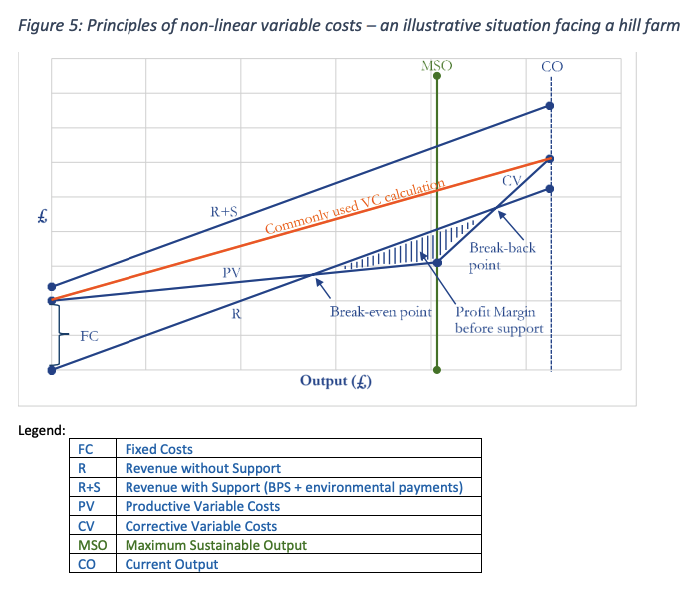
The profit of any farm is the surplus that remains after all costs are deducted from revenues received. The report showed that many farm accounts can include a range of types of income in the revenue line. This not only includes revenue from farming activities (e.g. the income from sales of livestock), but also agricultural support payments, environmental payments, as well as revenue from other income streams, such as diversification activities. This can cause farmers to misunderstand the profitability of actual farming activities.
The report proposes using an approach where farm accounts are examined first to include only revenue and costs associated with the farming activities to understand the underlying dynamics of the business. Only once this has been done are other streams of revenue taken into account. Taking the public support element out of the initial analysis of the farm accounts allows a clearer picture to emerge about the factors influencing the profitability of hill farms.
Reducing heads of livestock is better for the climate, nature and farm profitability
The report argues that hill farming can be more profitable, resilient and better for nature by reducing costs, and that the optimum way to reduce costs is to reduce the number of livestock. This may seem counter-intuitive. But, across the 46 farms that were analysed, the findings were consistent: once a tipping point is crossed in terms of livestock numbers, and the naturally available grass runs out, the only way to feed livestock is to buy-in expensive feed, fertilisers and other inputs. These external inputs increase farm costs, which cuts or removes profits.
Reducing stocking densities can also have environmental benefits, from boosting soil health and the ability of land to hold back floodwaters, to locking in carbon and increasing biodiversity.
At the heart of this approach is a focus on margin over volume, on provenance over commodity production and on co-operation over competition. It will position farmers to exploit a trend toward a ‘less and better’ approach to meat consumption, in an era when the public increasingly wants a ‘story’ behind the food they eat.
More extensive models of production also enable more space for woodland, trees and other habitats, which can work hand-in-hand with grazing livestock. With more space for nature, hill farmers can be at the leading edge of the fight against climate change and wildlife decline. They would also be at the front of the queue when it comes to accessing the ‘public money for public goods’ farm support, already proposed in England and Wales.
These findings are also corroborated by research from the Pasture Fed Livestock Association (PFLA) which has shown that pasture-based farms can achieve similar or better profit margins compared with producers using bought in feed.
Read the full Hill Farm Profitability report
This article was first published on the Eating Better website. Licensed under a Creative Commons Attribution-ShareAlike 3.0 Unported License.


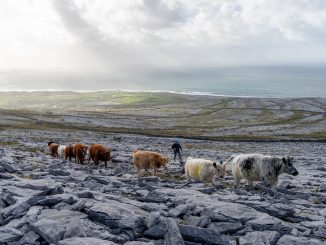
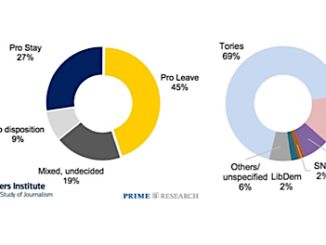
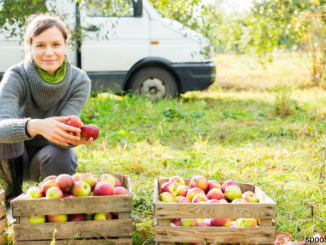
1 Trackback / Pingback
Comments are closed.